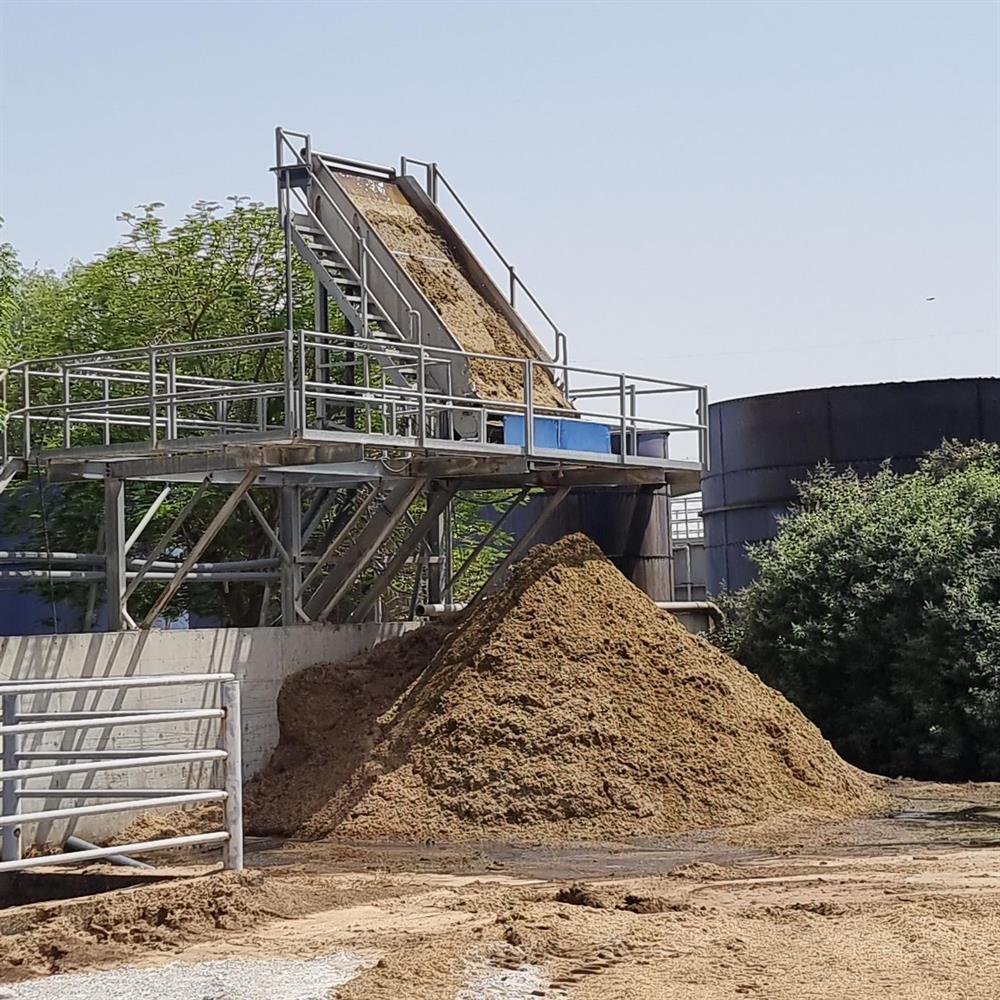28/2/2024

The Environment Agency – Abu Dhabi (EAD) has launched the ‘Abu Dhabi Odorous Gases Monitoring Network’ as part of a drive to improve environmental protection, reduce nuisance and improve citizens’ and residents’ quality of life. The project is aligned with the UAE’s environmental vision of sustainable development and pollution prevention.
Throughout the multi-phased five-year project EAD will ensure that the project encompasses a variety of activities across all potential sources to ensure that they do not adversely impact the environment and local communities. Additionally, it will serve as a valuable tool for early detection and response to odorous gas releases, which cause public annoyance.
During this project, EAD will focus on continuously monitoring the most important ambient air pollutants that cause odours, in order to enhance knowledge about their levels, and when pollutant levels are likely to cause nuisance to citizens and residents.
As part of the project, EAD will also be launching two odorous gas mobile monitoring stations equipped with high-end reference analysers that comply to international standards. These mobile stations will be rapidly deployed to investigate when any odour complaints are raised.
The Agency will also set up a first-of-its-kind, internationally accredited olfactometry laboratory to enable odour concentration and emissions to be quantified in Abu Dhabi. The Agency recognises the benefit of this sensory technique over more traditional chemical techniques which are often not sensitive enough to address the complexity of odour. By measuring odour concentrations and emissions directly from an installation, the operators will be better able to prioritise odour emission sources and focus their odour management strategy in the most cost-effective manner. The results will also be used to identify where sensors should be deployed to assist EAD’s assessment of an operator’s compliance with the regulations.
As part of developing and implementing the odour assessment capability, EAD has embarked on developing a suite of ‘odour benchmarks’ to assist EAD officers and operators to understand what level of odour exposure is likely to cause odour annoyance. The Agency sees this as an important facet of the entire process that will assist in the regulation of existing operations, future development plans and in land-use planning for new development projects.
The Agency will underpin the odour management process by issuing guidelines to operators on developing installation-based odour management plans and any guidelines will be linked to internationally recognised best practices, and proportional to the scale of the installation’s odour emissions.
Currently, EAD responds to odour complaints by deploying a portable odour monitoring device to check real-time concentrations of odorous gases, as well as locates a mobile air quality monitoring station to measure real-time concentrations of air pollutants, windspeed and wind direction. Both sets of measuring technologies provide valuable insights into the identity of odorous gases, their concentration in ambient air, sources, and dispersion. The duration of the monitoring period is determined by the severity of the odour nuisance and EAD’s response with key stakeholders to resolve the root causes and implement mitigation measures. If any industrial activity is identified as a source of odour, the EAD Compliance and Enforcement team responds by assigning inspectors to investigate the suspected facility and subsequently work with the facility to take the required appropriate action.
http://www.afedmag.com/english/NewsDetails.aspx?id=7598
